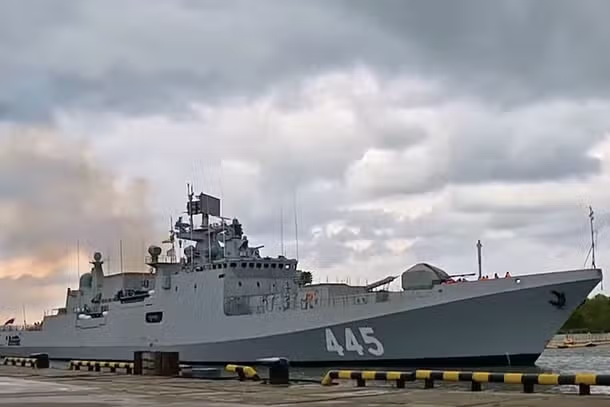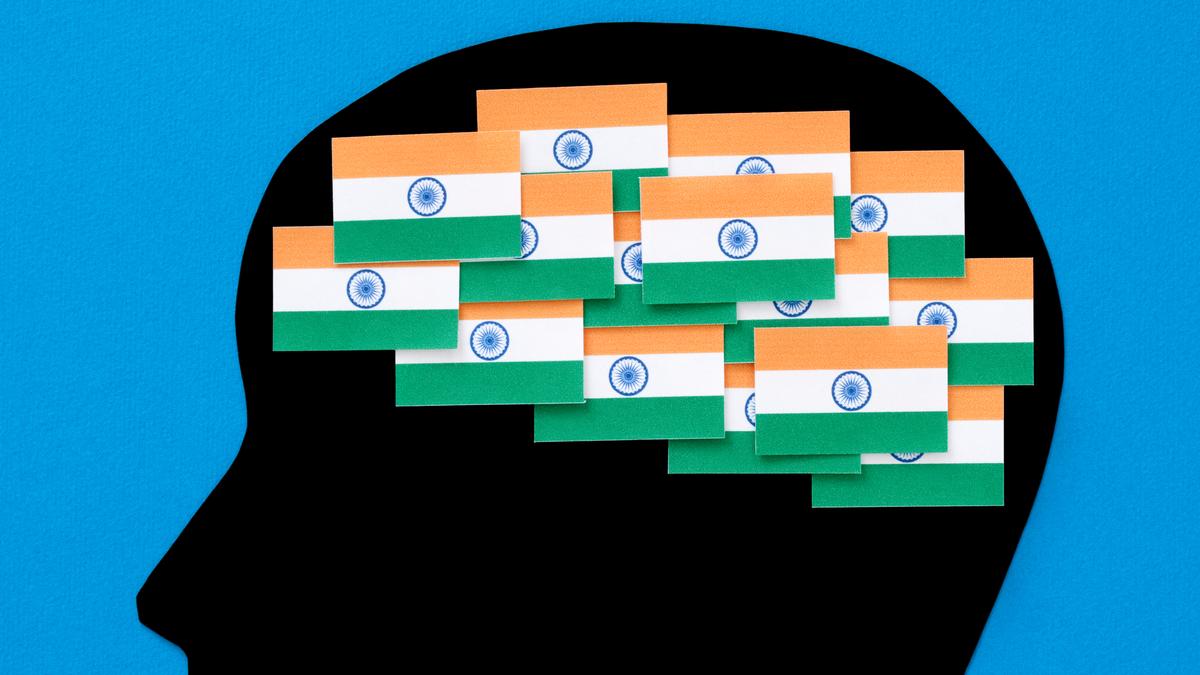- Courses
- GS Full Course 1 Year
- GS Full Course 2 Year
- GS Full Course 3 Year
- GS Full Course Till Selection
- Answer Alpha: Mains 2025 Mentorship
- MEP (Mains Enrichment Programme) Data, Facts
- Essay Target – 150+ Marks
- Online Program
- GS Recorded Course
- Polity
- Geography
- Economy
- Ancient, Medieval and Art & Culture AMAC
- Modern India, Post Independence & World History
- Environment
- Governance
- Science & Technology
- International Relations and Internal Security
- Disaster Management
- Ethics
- NCERT Current Affairs
- Indian Society and Social Issue
- NCERT- Science and Technology
- NCERT - Geography
- NCERT - Ancient History
- NCERT- World History
- NCERT Modern History
- CSAT
- 5 LAYERED ARJUNA Mentorship
- Public Administration Optional
- ABOUT US
- OUR TOPPERS
- TEST SERIES
- FREE STUDY MATERIAL
- VIDEOS
- CONTACT US
Parbati-Kalisindh-Chambal River Linking Project
Parbati-Kalisindh-Chambal River Linking Project
05-10-2024
- Signing Ceremony: Conducted in Bhopal, attended by Rajasthan CM and MP CM.
- Primary Goal: To link the Parbati, Kalisindh, and Chambal rivers to enhance water availability.
Rivers Involved:
|
Key Objectives and Benefits:
- Water Supply: The project aims to provide drinking and industrial water to 13 districts in eastern Rajasthan and parts of the Chambal and Malwa regions of MP.
- Irrigation Enhancement: The initiative is expected to irrigate approximately:
-
- 2.8 lakh hectares in Rajasthan
- 3.37 lakh hectares in Madhya Pradesh
- Optimizing Water Resources: The project focuses on utilizing the water resources of the Chambal basin effectively, reducing wastage and improving economic efficiency.
About Parbati-Kalisindh-Chambal (PKC):
- River-linking initiative to divert surplus water from Parbati, Newaj, and Kalisindh rivers to the Chambal River.
- Part of the National Perspective Plan (NPP, 1980) by the Central Water Commission and Ministry of Irrigation.
- Objectives: Provide domestic water, optimize resources in Chambal basin, benefit Madhya Pradesh and Rajasthan.
Eastern Rajasthan Canal Project (ERCP):
- Proposed in 2019 to optimize water resources in Rajasthan.
- Facilitates intra-basin water transfer within Chambal basin.
- Aims to divert surplus monsoon water to water-deficient areas, benefiting 13 districts (e.g., Alwar, Jaipur).
- Expected to create a command area of 2 lakh hectares and provide irrigation to 4.31 lakh hectares.
Benefits of ERCP:
- Improve groundwater levels in rural Rajasthan, enhancing socio-economic conditions.
- Supports the Delhi-Mumbai Industrial Corridor by ensuring sustainable water sources for industrial growth.
Modified PKC-ERCP Project: Integrates PKC link with ERCP, addressing water sharing, cost-benefit distribution, and state cooperation.
Need for Project: Rajasthan has only 1.16% of India’s surface water and 1.72% of groundwater resources despite being the largest state (342.52 lakh hectares).
National Perspective Plan for Interlinking Rivers:
- Formulated in 1980 to transfer water from surplus to deficit basins in India.
- Involves artificial channels connecting rivers.
- Components: Himalayan and Peninsular Rivers Development.
- Key Projects:
-
- Peninsular: Mahanadi-Godavari, Godavari-Krishna, Ken-Betwa (first to begin).
- Himalayan: Kosi-Ghagra, Ganga-Damodar-Subernarekha.
Significance: Flood Management, Addressing Water Shortages, Irrigation Improvement, Infrastructure Development, Sustainable Water Use.
Concerns:
- Biodiversity Loss (e.g., Ken-Betwa project affecting Panna Tiger Reserve).
- Community Displacement and social impacts.
- High costs, technical challenges, and potential interstate disputes.
National Interlinking of Rivers Authority (NIRA):
- Proposed body to replace NWDA.
- Responsible for planning, financing, and implementing river interlinking projects.
- Will handle environmental and clearance processes.




